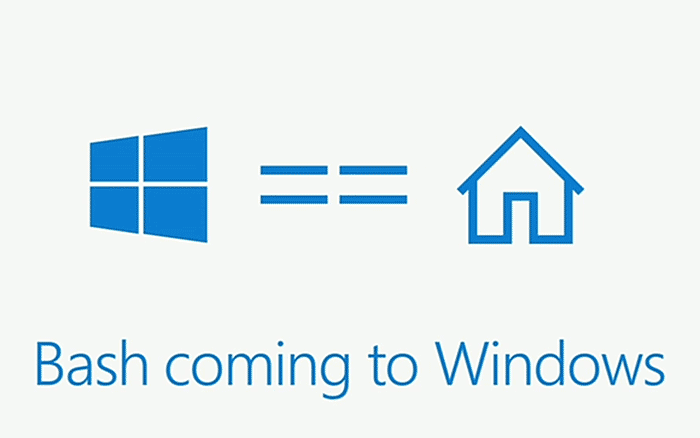Earlier this week Microsoft announced the public release of their Windows IoT Core embedded OS, currently supporting the Raspberry Pi 2 and Intel’s MinnowBoard Max development boards. When the project surfaced earlier this year Microsoft’s shift towards the Internet of Things became unequivocal. The new OS is fully integrated with the existing Windows development framework that is familiar and well established.

The Windows 10 IoT Core is scarcely featured compared not only to mainstream Linux distributions for embedded devices but to the rest of the Windows family as well. Let’s see what this all means.
The OS does not offer a shell meaning that control over the device running it is very limited – it is not possible to develop or run apps directly from the board and installing drivers is out of the question. The main interaction method with the device is via a web interface which displays complete information about the device and resources, and enables access several settings and running of apps. So what’s it actually good for, one might ask.
The spartan feature set offered by the IoT Core reminds us of the long decommissioned (but not quite) Windows Embedded editions with origins that can be traced back to 1996. These OSes were designed for devices that served very specific purposes and had limited processing resources compared to standard PCs – precisely what today’s microcomputers represent. In fact a myriad of Windows Embedded versions can still be found on ATMs, elevator controllers, storefront terminals, handheld devices and countless more types of hardware.
From the diagram above it is apparent that Windows 10 IoT Core is the first in a series of products aimed at filling the void left by XP Embedded and providing an unified experience in every aspect of the software development life cycle.
A PC running the final public release of Windows 10 desktop OS is required for setting up your development board with IoT Core but there is also a workaround if you have not upgraded yet.
The recently released Visual Studio 2015 Community Edition IDE can be downloaded for free. It fully supports IoT Core APIs and lets you program in the language of your choice – C++, C#, VB or JS.
Conclusions
Windows 10 IoT Core may not be yet as versatile as most Linux distributions we are all accustomed to, and which benefit from a considerable head start in the Maker community, however I do believe that it has all the premises to become one of the popular alternatives in the field.
Indeed there are problems with hardware support and the development process may seem pretty counterintuitive at times, but judging by the progress made compared to the preview release from late April I’m sure that things will be improved relatively soon.
Stay tuned as I will post an in-depth review in the following days.







